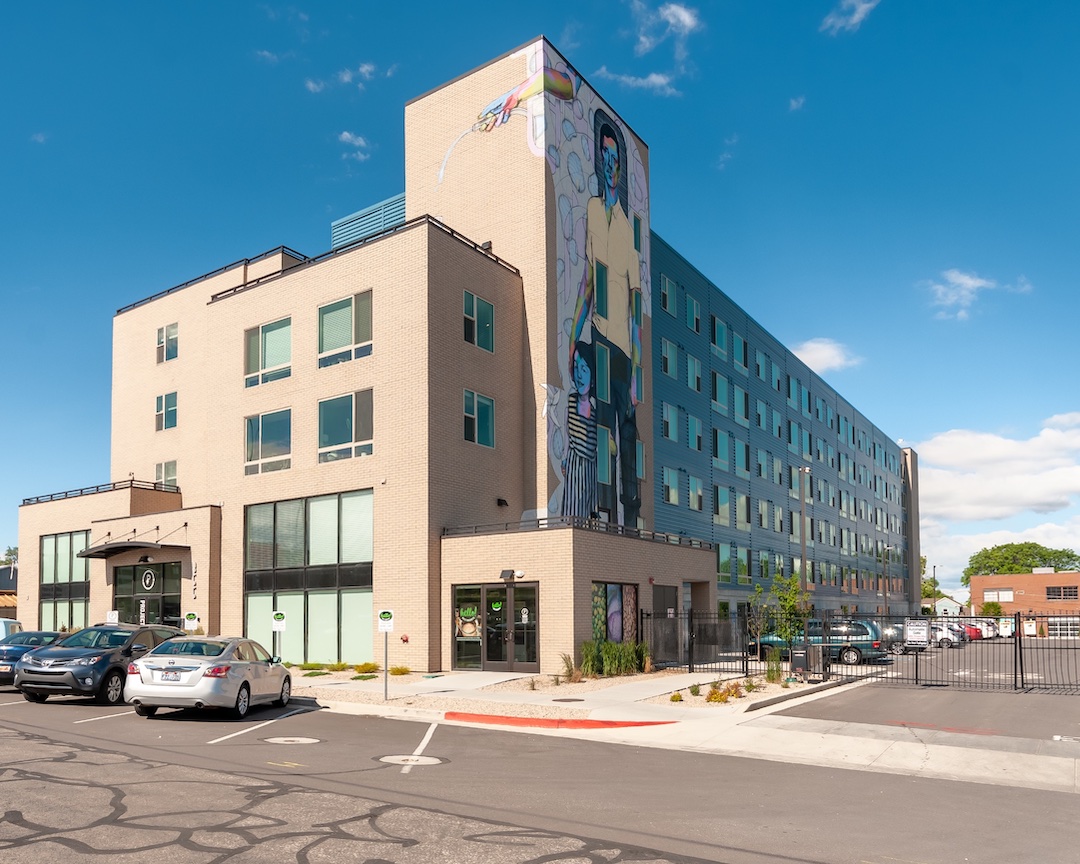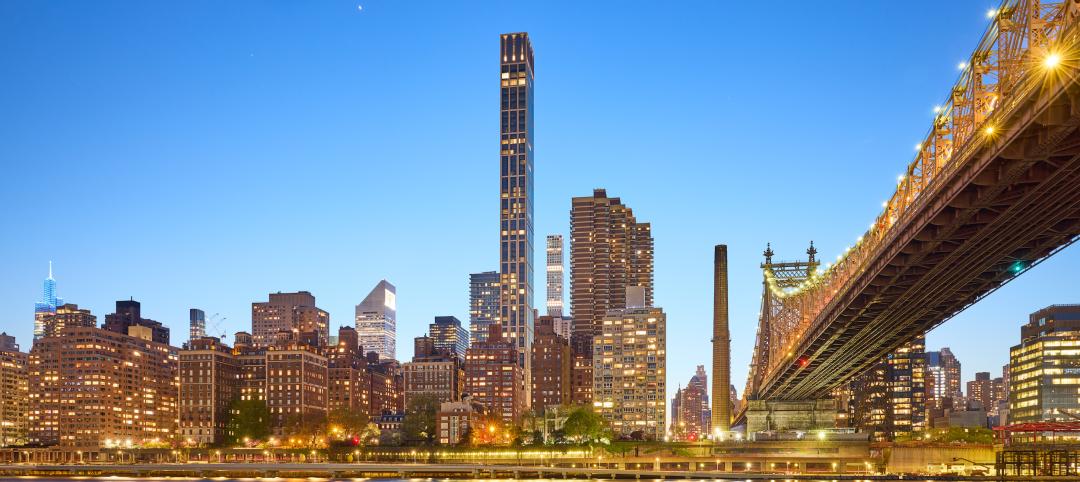The $16 million Project Open rental community of 112 one-bedroom units is the product of Giv Development, a Salt Lake City developer that specializes in mixed-income housing communities. Its not-for-profit arm explores new concepts for affordable, sustainable housing.
“We’re interested in developing a scalable net-zero model that will start to shift market dynamics and encourage developers to recognize that building this way is the economically intelligent thing to do,” said Giv Group Executive Director Chris Parker.
The all-electric building is located in the city’s Guadalupe neighborhood, an urban district on the front lines of gentrification. “We want the building to serve as a bulwark against the population being pushed out as property values continue to rise,” said Parker.
About 70% of Project Open’s units are set aside as affordable, some with rents as low as $375 a month. A historic furniture warehouse behind the building was converted into amenity spaces and 14 studio workspaces for rent by resident artists and entrepreneurs.
“I love what Giv is doing to make sure the neighborhood will remain affordable for people who have lived here for generations,” said tenant Valarie Williams. She moved into the building when it opened in January 2017 and also rents studio space for her part-time hand-lettering business. “The fact that it’s sustainable and also gives me a space in which to create was icing on a really great cake,” she said.
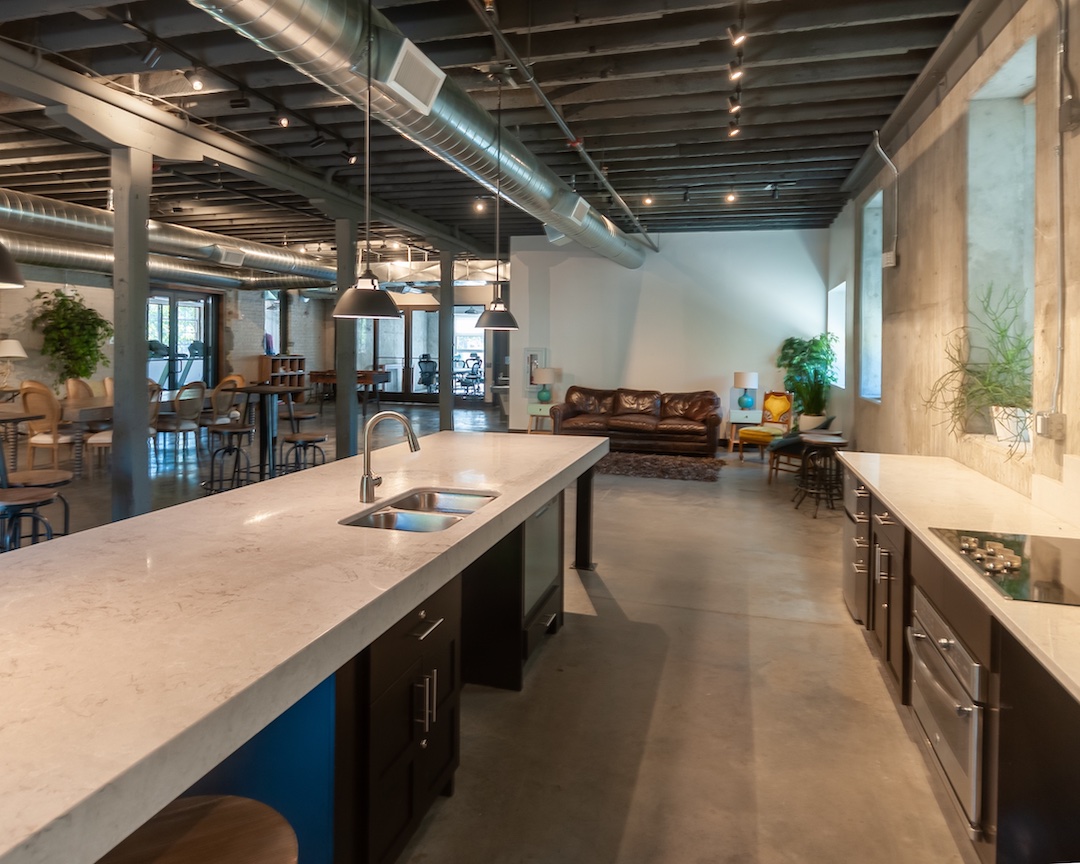 The clubhouse of Project Open resides in a historic furniture warehouse that Giv Development renovated into 14 affordable creative studios, a gym, and a conference room, in addition to the clubhouse. The reconstructed building is now another emission-free component of Giv’s Project Open complex. Photo: Brandon Hyatt Photography
The clubhouse of Project Open resides in a historic furniture warehouse that Giv Development renovated into 14 affordable creative studios, a gym, and a conference room, in addition to the clubhouse. The reconstructed building is now another emission-free component of Giv’s Project Open complex. Photo: Brandon Hyatt Photography
Goldman Sachs, Olene Walker Housing Loan Fund, and Utah Housing Corporation provided funding. Although no solar tax credits were issued, Rocky Mountain Power set up the solar program and provided transportation and energy-efficiency rebates.
Lowering carbon emissions is a high priority in Salt Lake City. Air quality is particularly poor during winter months, when prolonged inversions cause cold, stagnant air to settle in mountain basins and trap pollutants. The metro area ranked eighth nationally in so-called PM2.5 spikes, which measure small particulate matter pollutants, according to the American Lung Association’s 2019 “State of the Air” report.
Addressing the region’s air quality problems is “an issue that has to be taken up collectively or no one gets much benefit,” said Parker. “Utah’s population is expected to double in the next 30 years, so there’s a bit of urgency here.”
FINE-TUNING THE carbon neutral apartment APPROACH
Space limitations on the roof made it impossible to power the entire six-story building with rooftop PVs. Instead, residents purchase their electricity from Rocky Mountain Power’s Subscriber Solar program, via solar panels housed at a power facility in central Utah. “The program offers reliable solar production without any upfront capital costs, which provides a real market incentive to move to electrification,” said Parker.
Each residence is heated and cooled by an individual heat pump, but Giv also opted to install a supplemental resistance heating system to make sure residents can stay warm in Utah’s brutal winters. Tankless electric water heaters added to total energy demand, necessitating an upgrade to a 150-amp circuit breaker in each unit.
“It really caught us off guard how difficult and time-consuming it was going to be to route power to the units,” said Tyler Hollon, Business Development Specialist at general contractor Wadman Corporation. “We had to run six-gauge wires to each unit and didn’t really plan for enough room in the walls to make everything fit.”
Hollon anticipates all-electric buildings will become the local standard as technology advancements and construction ingenuity continue to make the project economics more appealing. “I wouldn’t be surprised if half the units will be built this way in two years,” said Hollon, whose firm is currently building about 1,200 carbon-neutral residential units throughout the Salt Lake City area.
Related content: Deluxe parking: A condo building in Philadelphia offers its owners a completely automated parking service
Project Open phase two, currently under construction and scheduled to open later this year, will offer a wider range of living options, from live/work studio apartments to four-bedroom units. The two-building complex will integrate high-efficiency mini-split heat pumps, hybrid heat pump water heaters, and no-backup resistance heating units to save energy. It will also incorporate more amenities that support a low-carbon lifestyle, such as an electric vehicle ride-share program, e-bikes, and a fresh food space to lessen the need for frequent trips to the grocery store.
A planned third phase, expected to break ground in 2020, will incorporate some condominium units.
Ultimately, Giv wants to provide local developers, contractors, and architects with real-world residential models that outperform conventional properties from an economic, environmental, and social equity standpoint. Project Open is creating a public website where it will share real-time data on each building’s energy use, construction costs, and the specific building systems and products that were used.
“We envision Project Open as an open source research tool for anyone—including us—to keep thinking about solving the challenges we currently have with the way we build,” said Parker.
PROJECT TEAM | PROJECT OPEN, PHASE ONE
DEVELOPER Giv Development
ARCHITECT Architecture Belgique
STRUCTURAL ENGINEER Canyons Structural
CIVIL ENGINEER Focus Engineering
MEP ENGINEER PVE
ENERGY CONSULTANT Provident Energy
GENERAL CONTRACTOR Wadman Corporation
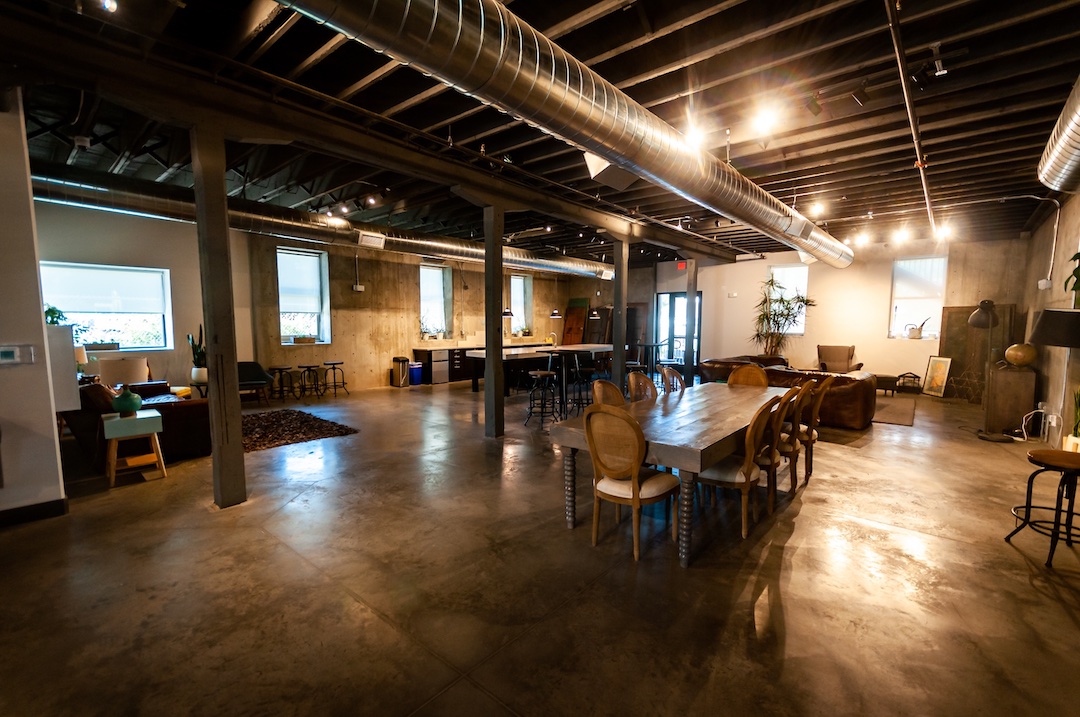 Photo: Brandon Hyatt Photography
Photo: Brandon Hyatt Photography
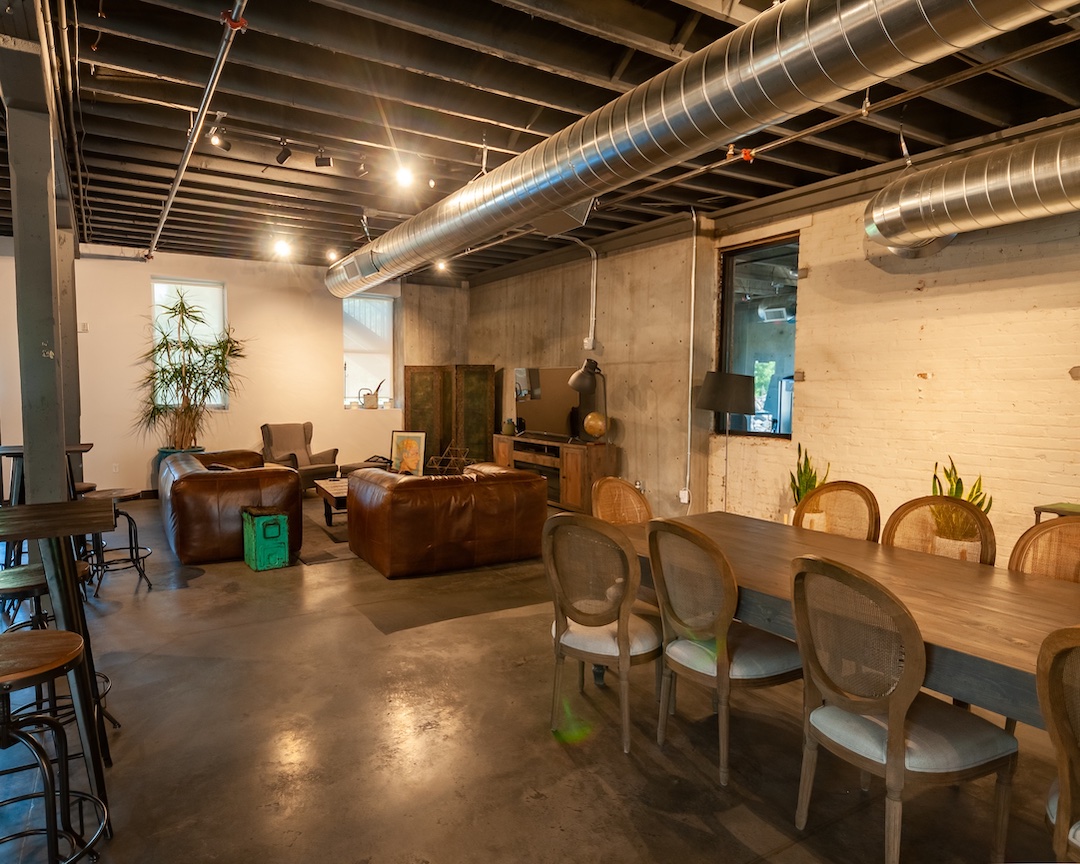 Photo: Brandon Hyatt Photography
Photo: Brandon Hyatt Photography
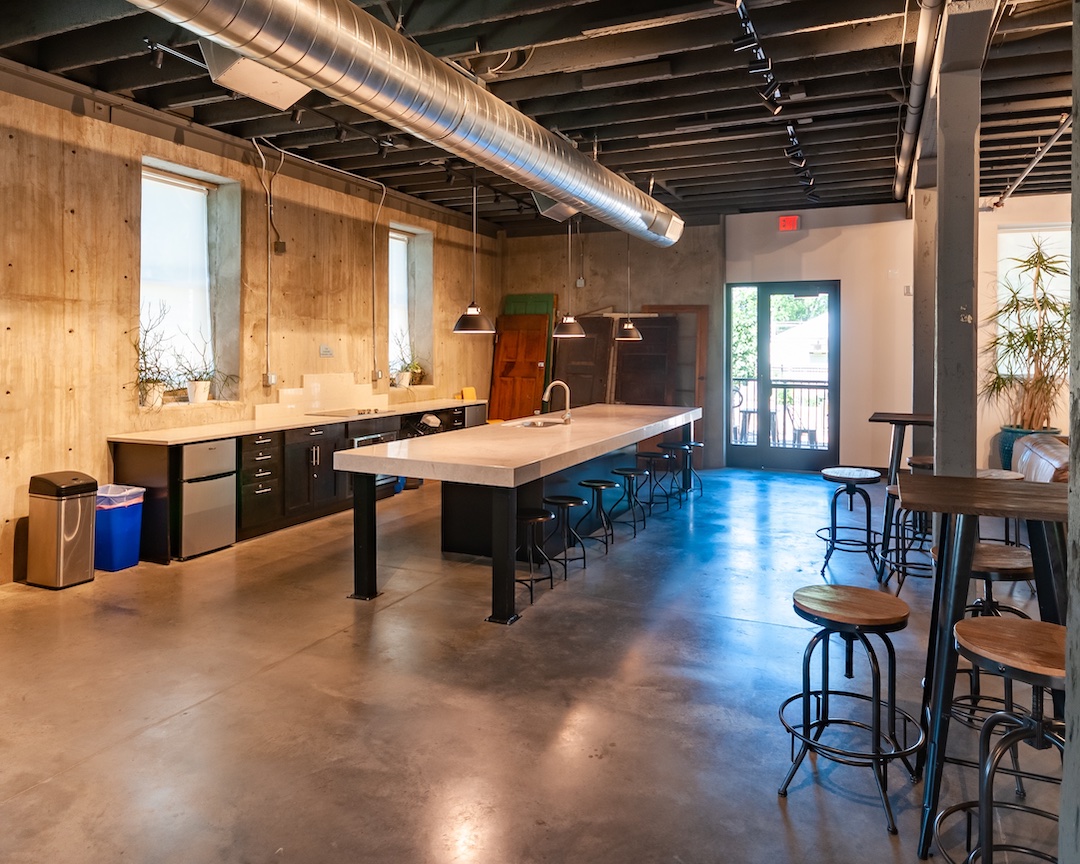 Photo: Brandon Hyatt Photography
Photo: Brandon Hyatt Photography
Related Stories
Multifamily Housing | Jun 29, 2023
5 ways to rethink the future of multifamily development and design
The Gensler Research Institute’s investigation into the residential experience indicates a need for fresh perspectives on residential design and development, challenging norms, and raising the bar.
Office Buildings | Jun 28, 2023
When office-to-residential conversion works
The cost and design challenges involved with office-to-residential conversions can be daunting; designers need to devise creative uses to fully utilize the space.
Multifamily Housing | Jun 28, 2023
Sutton Tower, an 80-story multifamily development, completes construction in Manhattan’s Midtown East
In Manhattan’s Midtown East, the construction of Sutton Tower, an 80-story residential building, has been completed. Located in the Sutton Place neighborhood, the tower offers 120 for-sale residences, with the first move-ins scheduled for this summer. The project was designed by Thomas Juul-Hansen and developed by Gamma Real Estate and JVP Management. Lendlease, the general contractor, started construction in 2018.
Affordable Housing | Jun 27, 2023
Racial bias concerns prompt lawmakers to ask HUD to ban biometric surveillance, including facial recognition
Two members of the U.S. House of Representative have asked the Department of Housing and Urban Development to end the use of biometric technology, including facial recognition, for surveillance purposes in public housing.
Apartments | Jun 27, 2023
Average U.S. apartment rent reached all-time high in May, at $1,716
Multifamily rents continued to increase through the first half of 2023, despite challenges for the sector and continuing economic uncertainty. But job growth has remained robust and new households keep forming, creating apartment demand and ongoing rent growth. The average U.S. apartment rent reached an all-time high of $1,716 in May.
Apartments | Jun 27, 2023
Dallas high-rise multifamily tower is first in state to receive WELL Gold certification
HALL Arts Residences, 28-story luxury residential high-rise in the Dallas Arts District, recently became the first high-rise multifamily tower in Texas to receive WELL Gold Certification, a designation issued by the International WELL Building Institute. The HKS-designed condominium tower was designed with numerous wellness details.
Multifamily Housing | Jun 19, 2023
Adaptive reuse: 5 benefits of office-to-residential conversions
FitzGerald completed renovations on Millennium on LaSalle, a 14-story building in the heart of Chicago’s Loop. Originally built in 1902, the former office building now comprises 211 apartment units and marks LaSalle Street’s first complete office-to-residential conversion.
Urban Planning | Jun 15, 2023
Arizona limits housing projects in Phoenix area over groundwater supply concerns
Arizona will no longer grant certifications for new residential developments in Phoenix, it’s largest city, due to concerns over groundwater supply. The announcement indicates that the Phoenix area, currently the nation’s fastest-growing region in terms of population growth, will not be able to sustain its rapid growth because of limited freshwater resources.
Multifamily Housing | Jun 15, 2023
Alliance of Pittsburgh building owners slashes carbon emissions by 45%
The Pittsburgh 2030 District, an alliance of property owners in the Pittsburgh area, says that it has reduced carbon emissions by 44.8% below baseline. Begun in 2012 under the guidance of the Green Building Alliance (GBA), the Pittsburgh 2030 District encompasses more than 86 million sf of space within 556 buildings.
Industry Research | Jun 15, 2023
Exurbs and emerging suburbs having fastest population growth, says Cushman & Wakefield
Recently released county and metro-level population growth data by the U.S. Census Bureau shows that the fastest growing areas are found in exurbs and emerging suburbs.


